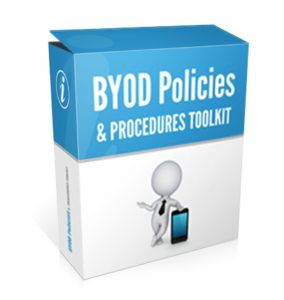Description
The Investment calculation spreadsheet is designed to assist you in determining if a project is finanacially feasible by walking you through the steps of building the analysis and measuring the return on investment (ROI). Typically, there are two methods for valuing a project. You can use the Net Present Value calculation, which determines what the value today of the investements and expenses you will be making. The other method you can use is the Internal Rate of Return (IRR), which calculates the percentage rate of return that you acheive with an investment. The IRR would then be compared with a hurdle rate. If the IRR is greater than the hurdle rate, then the project is worth doing. Otherwise, it does not deliver enough value for the company to pursue.
Below is a detailed description of the terms used, variables inserted and the row values for this worksheet:
Terms:
Net Present Value (NPV) – NPV Is a standard financial method for measuring long term projects. The calculation translates all future cash flows into current terms
Internal Rate of Return (IRR) – The IRR calculates the percentage return that a project is going to provide given the cash flow that you have put into the model. The IRR can be used to compare multiple projects to determine which is best to do. In general, the higher the IRR, the better the project is to do.
Hurdle Rate – The hurdle rate is the minimum rate of return that a project must have in order to proceed. This is typically established by the accounting department and used to evaluate projects. THis rate is used as a benchmark to compare the IRR of different projects to see if they are worth doing. The thought is that you want all activities that a company does to yield a rate of return that meets your growth objectives. For example, you would not want to do a project that only has a 2% IRR because you could put the same amount of money in the bank and it will yield more for less risk.
Input Variables:
Start Month/Year – Enter the Month and year that the project will begin.
Hurdle Rate – The Hurdle rate is the minimum percentage return that your company expects from all investments. You can typically get this from your finance department.
IRR Percentage guess – In order for the IRR calculation to work, you will need to enter an estimate of what you think the return will be. I have included a standard guess of 10%, which should work for most investment evaluations. However, if you get an error on the IRR calculations, you will need to adjust the percentage to get a calculations.
Assumptions – This is free form area for you to document the assumptions you made for the project evaluation.
Row Values:
General Instructions – The template is set up as months/years are the columns and the income and expenses are the rows. You will need to enter the values in the appropriate month that you expect them to occur. You will need to enter the monthly expenses in each of the months that they are to occur and the income changes as well.
Income Changes – This is the section that you itemize the changes to the companies income. This could be expense reductions or increases in income. Enter expense reductions or income increases as positive values. Break out the line items into major catogories. You can add additional categories by inserting a row in the middle of the categories.
Capital Expenditures – Enter all hardware and software capital expenditures that are needed to implement the project
Monthly Expenditures – Enter any additional expenses that the project will incur










